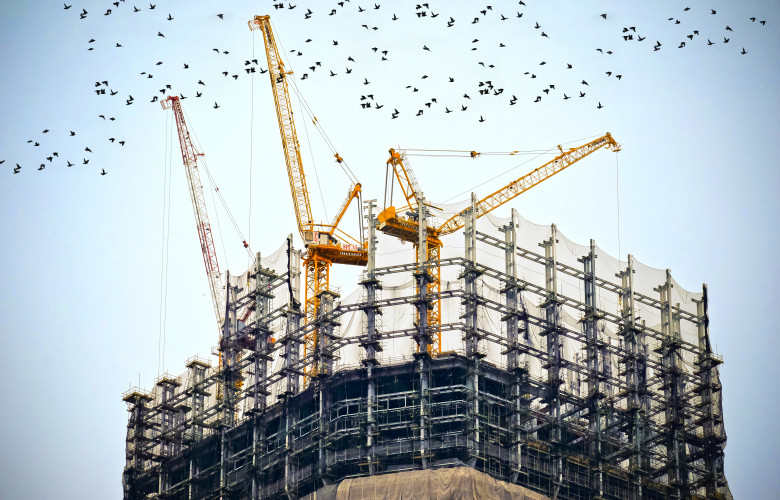Residential construction is buoying the economy
Contact
Residential construction is buoying the economy
While engineering work was down 18.8 per cent for the year to December, residential construction was up 5.7 per cent.
Yesterday's Australian Bureau of Statistics figures show that Australian construction work fell by 0.2 per cent in real (inflation-adjusted) terms during the December quarter. The fall follows a slump of 4.4 per cent in the September quarter.
Public sector construction fell 1.6 per cent in the December quarter, while private sector work rose 0.2 per cent.
Engineering work fell 2.2 per cent in the December quarter. Engineering construction is down by 18.8 per cent on a year ago.
Construction work was uneven across the states. Construction in Tasmania was down 8.4 per cent, in Western Australia was down 6.3 per cent, in South Australia construction declined 2.9 per cent, and in Queensland construction fell 1.5 per cent over the quarter.
Construction made the biggest gains in the ACT, rising 13.1 per cent, Victoria, rising 2.4 per cent, and in NSW where construction was up 2.2 per cent. Residential construction in the Northern Territory rose 1.1 per cent in the December quarter.
"Construction work may be coming down off the mountain in Western Australia," said Craig James, chief economist of CommSec.
"But in NSW the amount of construction work completed has never been higher. Activity should only taper lower over the next few years," he said.
Residential construction surging ahead
The bright spot amongst the data is residential construction, and alterations and additions.
Residential construction rose by 1.1 per cent in the December quarter, and was up 5.7 per cent over the year. Alterations and additions rose 2.1 per cent over the quarter, and new residential work rose 1.0 per cent.
Keeping an eye on inflation
Inflation in the construction sector rose 1.1 per cent in the December quarter – equal with the biggest rise in eight years. The annual rate of construction inflation was steady at 2.0 per cent.
"The Reserve Bank can’t be complacent on price pressures," said James.
Construction patterns reveal transition from mining boom
The data confirms the economy is still transitioning past the mining-boom phase, says Matthew Pollock, National Manager – Housing with Master Builders Australia.
“The surge in housing construction, particularly for apartments in Sydney and Melbourne, will continue to soften the landing through the end of the resources boom," he said.
"The latest data shows a fall in engineering activity of $434 million in the December quarter 2016, partially offset by a $197 million increase in the value of residential work done.”
“Over the year, residential building work contributed over $70 billion and accounted for around 4 per cent of Australian Gross Domestic Product," he said. At the same time, he said, "the value of engineering construction work fell by $20 billion, equal to around 1.2 per cent of GDP.”
Pollock said the government needs to support investment in infrastructure to fill the gap left by the conclusion of large mining projects, such as major LNG projects.
See the ABS data here.
See also:
Little Bay development site for sale
Melbourne's outer suburbs to receive 15,000 affordable new homes





